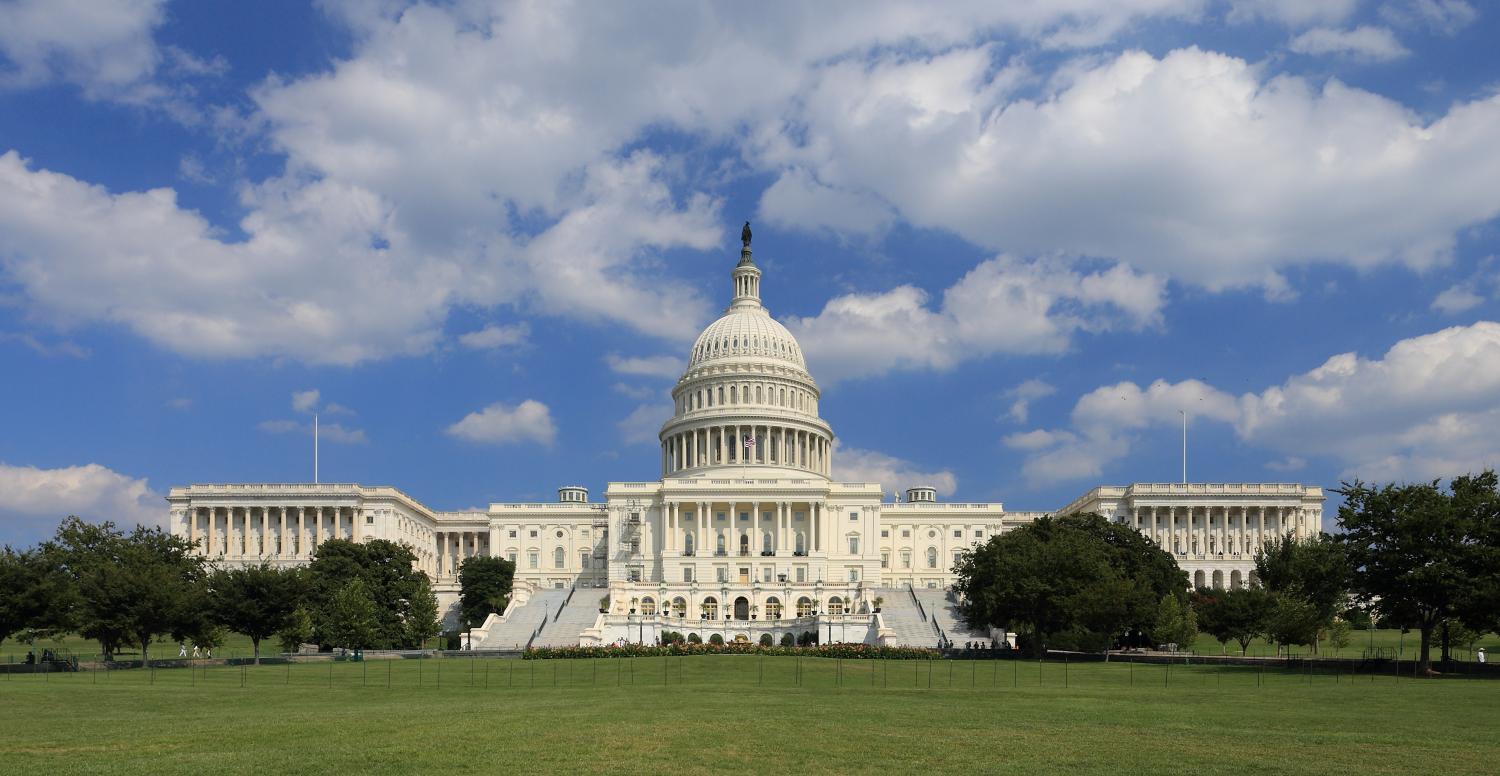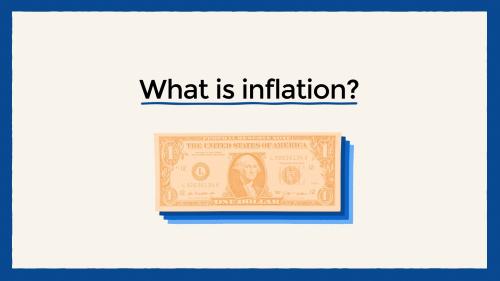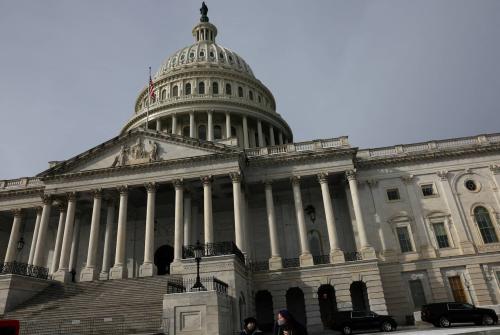Though it gets far less attention these days than a few years ago, America and its next president still face a long-term public debt problem. Although public debt is not inherently bad, excessive levels of it can surely create problems and risks. If left unaddressed, our projected rising debt will have gradual, but increasingly damaging, impacts over time. American families will experience smaller increases in their living standards; the nation will be hard-pressed to make needed investments in children, infrastructure, and research; and the government will have less flexibility to deal with economic downturns or other national and international crises.
Federal debt is already high relative to its historical values. But if current policies remain in effect, the debt will gradually rise from almost 77 percent of GDP at the end of 2016 to 150 percent by 2046, and to higher values after that. Deficits will rise from roughly 3 percent of GDP today to 9 percent by 2046. To put these figures in perspective, the highest debt-to-GDP ratio in our history was 106 percent, during World War II. Our highest post-World War II deficit (other than in 2009 during the Great Recession) was less than 6 percent of GDP in 1983, when the economy was still recovering from a deep recession.
What’s driving these trends? There is one simple answer – rising spending on Social Security, Medicare, Medicaid, and net interest. Net interest will rise because the debt (on which interest is paid) is already high and because interest rates are expected to rise. The major entitlement programs will grow, even in the absence of new initiatives. This is because of the increasing number of elderly people (due to the Baby Boomers retiring and life expectancy rising) and because the cost of health care will likely continue to rise faster than other goods and services. Perhaps surprisingly, all other major categories of government spending are slated to fall as a share of GDP.
But we don’t live in times of simple answers. The other half of the equation is that tax revenues are not expected to rise as fast as spending. This point often gets lost in debt debates. But rising deficits and debt aren’t intrinsically a “spending problem” versus a “tax problem,” any more than one side of the scissors does the cutting. It’s the imbalance between the two that creates rising debt.
What would constitute a solution? A combination of tax increases and spending cuts that stabilizes the debt-to-GDP ratio at a manageable level in a reasonable time period. Boosting economic growth would help ease the pain, of course, but we can’t grow our way out of the problem under any reasonable set of circumstances.
Boosting economic growth would help ease the pain, of course, but we can’t grow our way out of the problem under any reasonable set of circumstances.
The range of debt-GDP targets that have been proposed runs from the current level – about 77 percent of GDP – to our average level in the 50 years before the Great Recession – 36 percent. Notably, none of these targets is zero; there are benefits to having some debt, such as the facilitation of trade, financing of investment and emergency spending, and provision of a safe asset for investors.
Notably, none of these targets is zero; there are benefits to having some debt, such as the facilitation of trade, financing of investment and emergency spending, and provision of a safe asset for investors.
One way to think about this range is to note that the debt-GDP ratio was about 36 percent in 2007 and then roughly doubled in the span of half a dozen years due to the financial crisis, the Great Recession, and policy responses to those events. The lower targets in the range implicitly suggest that we pay down the debt incurred in recent years. The upper targets implicitly suggest that we live with the debt.
The “fiscal gap” measures the size of the constant-share-of-GDP increase in taxes and/or reductions in non-interest spending that would be required to meet a given future debt-GDP target in a given year. For example, we estimate that the fiscal gap in order to attain a debt-GDP ratio of 77 percent (the current level) in 2046 is about 2.7 percent of GDP. That is, just to maintain the current level of debt (relative to the economy) 30 years from now, we would have to cut spending or raise taxes by the equivalent of about $500 billion per year, immediately and permanently.
While the fiscal gap above shows the constant-share-of-GDP change needed to reach the target, an actual solution might aim more to have the debt-GDP ratio remain constant at 77 percent of GDP through 2046. This approach generates “back-loaded” solutions – the size of the required adjustment goes up over time because the underlying problem gets worse over time.
Back-loading the required policy changes can make sense. It gives the government time to phase-in policies gradually; it gives people and firms time to adjust to the policies; and it gives all of us more time to see how various uncertainties pan out, and hence, to have a better sense of how much adjustment is needed. But back-loading also carries risks. The biggest is that history suggests that if elected officials do not feel they have their backs to the wall, they will not vote for the needed changes. In addition, back-loading requires larger adjustments in the future. And, if events turn out worse than expected, additional policy adjustments will be needed on top of the already substantial long-term changes built into a back-loaded solution.
But back-loading also carries risks. The biggest is that history suggests that if elected officials do not feel they have their backs to the wall, they will not vote for the needed changes.
Keeping the debt-GDP ratio constant through 2046 would require policy adjustments of 0.3 percent of GDP starting in 2017, rising to 2.8 percent by 2030, and then to 3.7 percent by 2046 (versus the constant 2.7 percent described above).
Of course, the size of the required policy changes gets even larger if we delay dealing with the issue, decide to pay down some of the debt build-up from the Great Recession, or want to maintain the debt-GDP goal after 2046.
So the next president, whomever he or she may be, should not ignore this problem. The longer we wait, the worse it gets.





